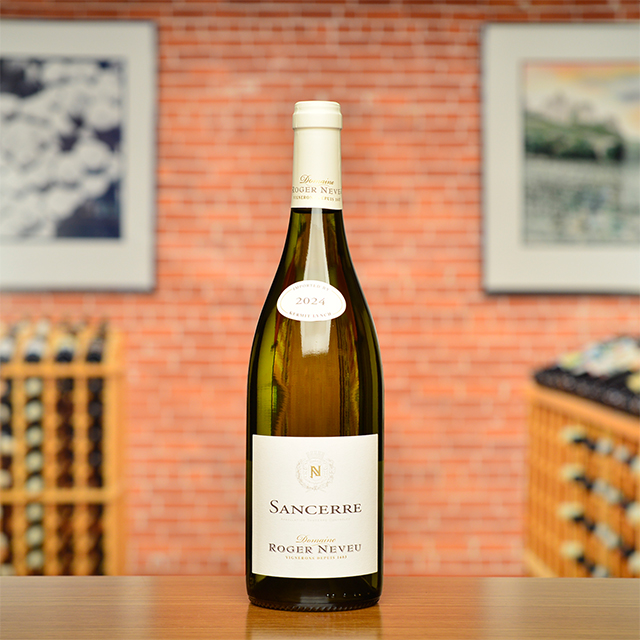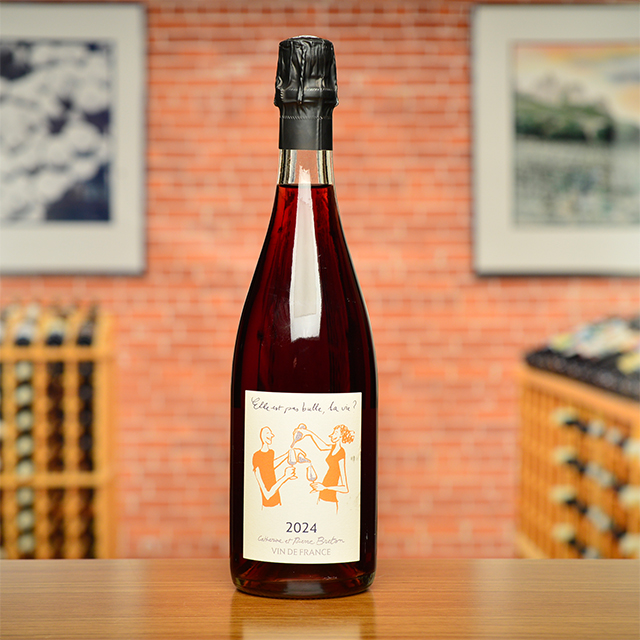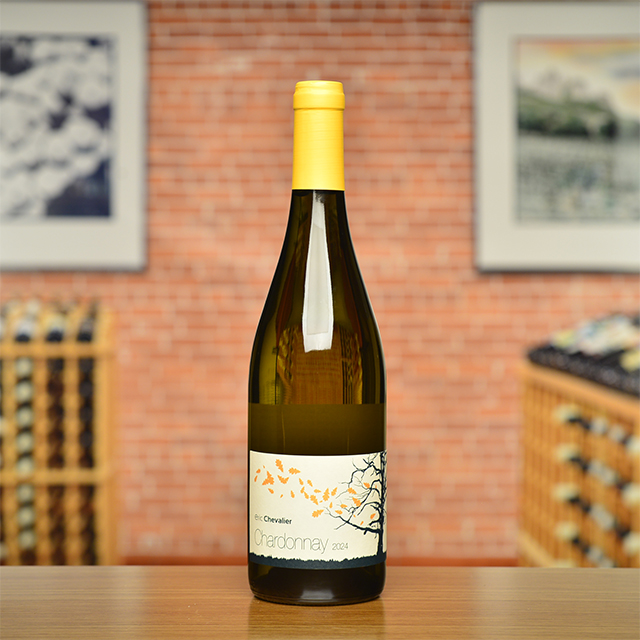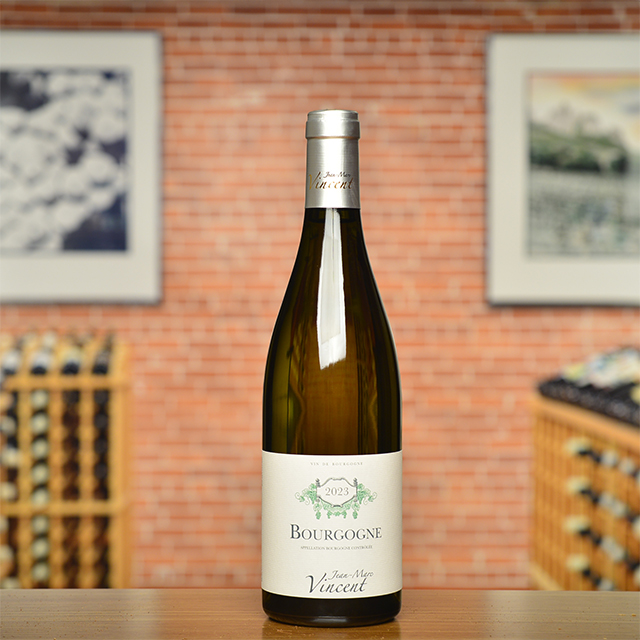Notify me
2018 Sancerre Blanc “Pierre François Xavier Vieilles Vignes”
Domaine Roger Neveu
Assembled in great years from the Neveu family’s best parcels around Verdigny, Chavignol, and Sancerrre, “PFX”—as it is affectionately known by the family—is raised in oak rather than stainless steel (the former being the historical norm in Sancerre). The three principal terroirs of Sancerre are incorporated: terres blanches, silex, and caillottes. Caillottes are the small, sharp limestone rocks that litter the surface of many Sancerre vineyards, including the Neveu family’s largest vineyard, “Les Embouffants.” The oak adds a grain and level of class and backbone that raises this cuvée a step above the domaine’s classic Sancerre bottling. PFX ages more slowly and gracefully than most Sancerres, and it makes a great cellar diversification play.
—Dixon Brooke
| Wine Type: | white |
| Vintage: | 2018 |
| Bottle Size: | 750mL |
| Blend: | Sauvignon Blanc |
| Appellation: | Sancerre |
| Country: | France |
| Region: | Loire |
| Producer: | Domaine Roger Neveu |
| Winemaker: | Éric & Jean-Philippe Neveu |
| Vineyard: | 40+ years, .3 ha |
| Soil: | Clay, Limestone, Silex |
| Aging: | Wine aged in oak barrels for 12 months |
| Farming: | Lutte Raisonnée |
| Alcohol: | 13.5% |
More from this Producer or Region

2024 Sancerre Rosé
France | Loire
Sancerre Rosé is made from Pinot Noir grown in Kimmeridgian limestone soil, and the Neveu family’s interpretation is fine, floral, crisp, and bone-dry.

2024 Sancerre
France | Loire
Textbook Sancerre: bright and citrusy, with a clean, stony finish.

2023 Sancerre Blanc “Pierre François Xavier Vieilles Vignes”
France | Loire
The oak adds a grain and level of class and backbone that raises this cuvée a step above the domaine’s classic Sancerre bottling.

2024 Vin de France Rosé Brut “Elle est pas bulle la vie?”
France | Loire
It’s refreshingly bright on the palate, flush with delicate notes of strawberry rhubarb, and dangerously quaffable.

2019 Vouvray “Bois Guyon”
France | Loire
Unique in its combination of honeyed richness and flinty verve. Hard to resist on its own, but you might also try serving it with salty-sweet yakitori or buffalo chicken wings.

2024 Cheverny
France | Loire
Sauvignon and a splash of Chardonnay: the epitome of minerally Loire refreshment

2024 Chardonnay
France | Loire
Some wines deliver well beyond expectations—this is one of them.

2024 Bourgueil Rosé
France | Loire
Pretty and elegant, with a taste of fresh peaches and nectarines, it is perfect for your summer table.

2024 Muscadet “Le Clos de la Butte”
France | Loire
This exquisite Muscadet is a perfect reflection of where it originates, as if it’s been sculpted by winds off the ocean and infused with hints of sea salt in the air.

2024 Saumur Blanc “L’Insolite”
France | Loire
Made from nearly hundred-year-old vines, this a great initiation into the world of Thierry’s white wines.
 /
/
About The Producer
Domaine Roger Neveu
About The Region
Loire

The defining feature of the Loire Valley, not surprisingly, is the Loire River. As the longest river in France, spanning more than 600 miles, this river connects seemingly disparate wine regions. Why else would Sancerre, with its Kimmeridgian limestone terroir be connected to Muscadet, an appellation that is 250 miles away?
Secondary in relevance to the historical, climatic, environmental, and cultural importance of the river are the wines and châteaux of the Jardin de la France. The kings and nobility of France built many hundreds of châteaux in the Loire but wine preceded the arrival of the noblesse and has since out-lived them as well.
Diversity abounds in the Loire. The aforementioned Kimmeridgian limestone of Sancerre is also found in Chablis. Chinon, Bourgueil, and Saumur boast the presence of tuffeau, a type of limestone unique to the Loire that has a yellowish tinge and a chalky texture. Savennières has schist, while Muscadet has volcanic, granite, and serpentinite based soils. In addition to geologic diversity, many, grape varieties are grown there too: Cabernet Franc, Chenin Blanc, Sauvignon Blanc, and Melon de Bourgogne are most prevalent, but (to name a few) Pinot Gris, Grolleau, Pinot Noir, Pineau d’Aunis, and Folle Blanche are also planted. These myriad of viticultural influences leads to the high quality production of every type of wine: red, white, rosé, sparkling, and dessert.
Like the Rhône and Provence, some of Kermit’s first imports came from the Loire, most notably the wines of Charles Joguet and Château d’Epiré—two producers who are featured in Kermit’s book Adventures on the Wine Route and with whom we still work today.
More from Loire or France
2021 Vin de France Rosé Grolleau/Cabernet Franc “Les Arceaux”
Grange Saint-Sauveur France | Loire
2021 Bourgueil “Clos Sénéchal”
Catherine & Pierre Breton France | Loire
2024 Val de Loire Sauvignon Blanc “Unique”
Domaine du Salvard France | Loire
2021 Bourgueil “La Dilettante”
Catherine & Pierre Breton France | Loire
2024 Bourgueil “Cuvée Alouettes”
Domaine de la Chanteleuserie France | Loire
2024 Vouvray “Les Fondraux”
Champalou France | Loire
2022 Vin de France Rouge “Le Martray”
Grange Saint Sauveur France | Loire
2024 Savennières “Cuvée Spéciale”
Château d’Epiré France | Loire
2024 Reuilly Pinot Gris Rosé
Domaine de Reuilly France | Loire
2022 Chinon “Le Domaine”
Bernard Baudry France | Loire
2023 Reuilly Pinot Noir
Domaine de Reuilly France | Loire
Touraine “Fines Bulles”
Domaine de la Chanteleuserie France | Loire
2021 Vin de France Rosé Grolleau/Cabernet Franc “Les Arceaux”
Grange Saint-Sauveur France | Loire
2021 Bourgueil “Clos Sénéchal”
Catherine & Pierre Breton France | Loire
2024 Val de Loire Sauvignon Blanc “Unique”
Domaine du Salvard France | Loire
2021 Bourgueil “La Dilettante”
Catherine & Pierre Breton France | Loire
2024 Bourgueil “Cuvée Alouettes”
Domaine de la Chanteleuserie France | Loire
2024 Vouvray “Les Fondraux”
Champalou France | Loire
2022 Vin de France Rouge “Le Martray”
Grange Saint Sauveur France | Loire
2024 Savennières “Cuvée Spéciale”
Château d’Epiré France | Loire
2024 Reuilly Pinot Gris Rosé
Domaine de Reuilly France | Loire
2022 Chinon “Le Domaine”
Bernard Baudry France | Loire
2023 Reuilly Pinot Noir
Domaine de Reuilly France | Loire
Touraine “Fines Bulles”
Domaine de la Chanteleuserie France | Loire
Kermit once said...

Kermit once said...
If you're looking for value, look where no one else is looking.
Inspiring Thirst, page 211














